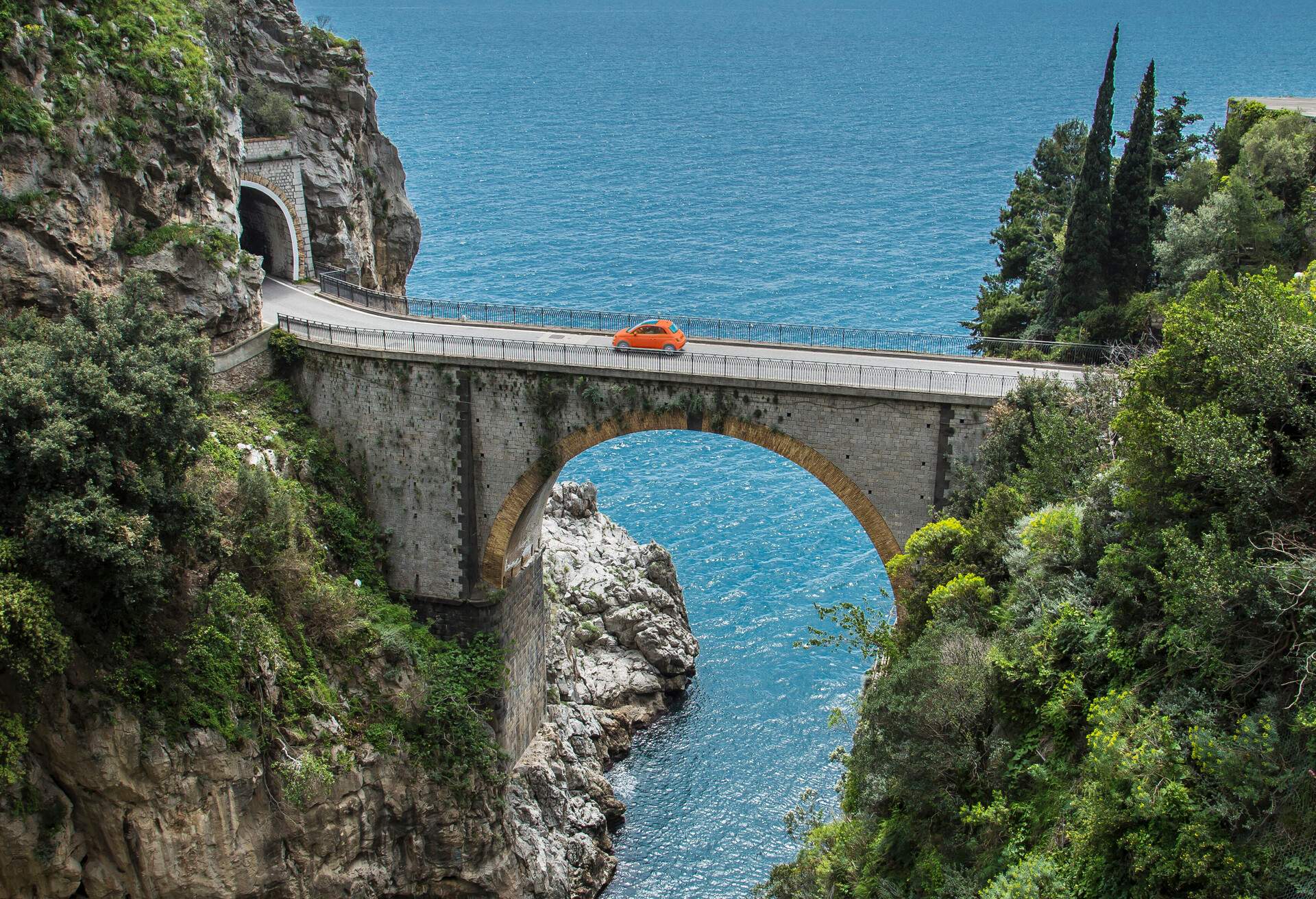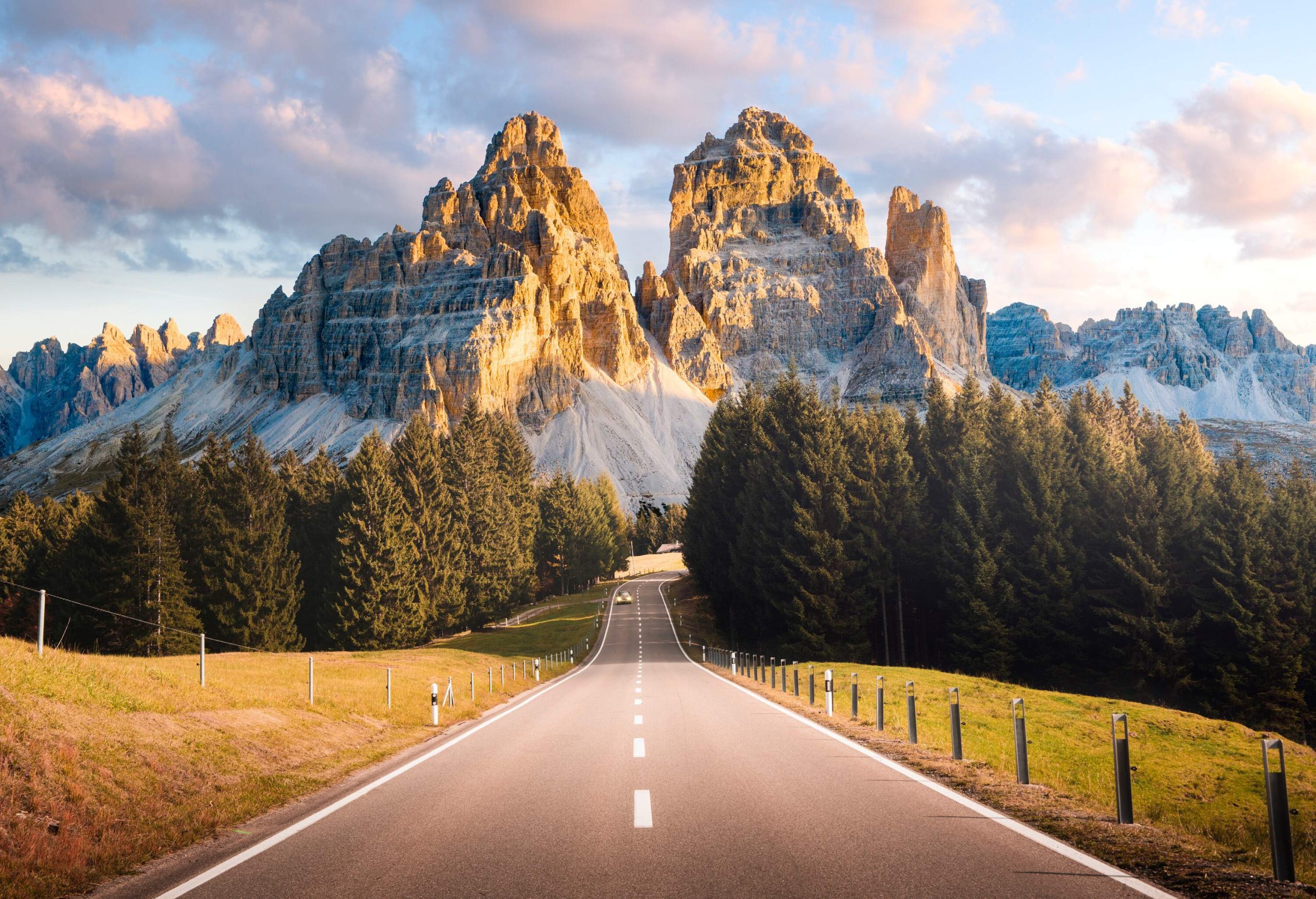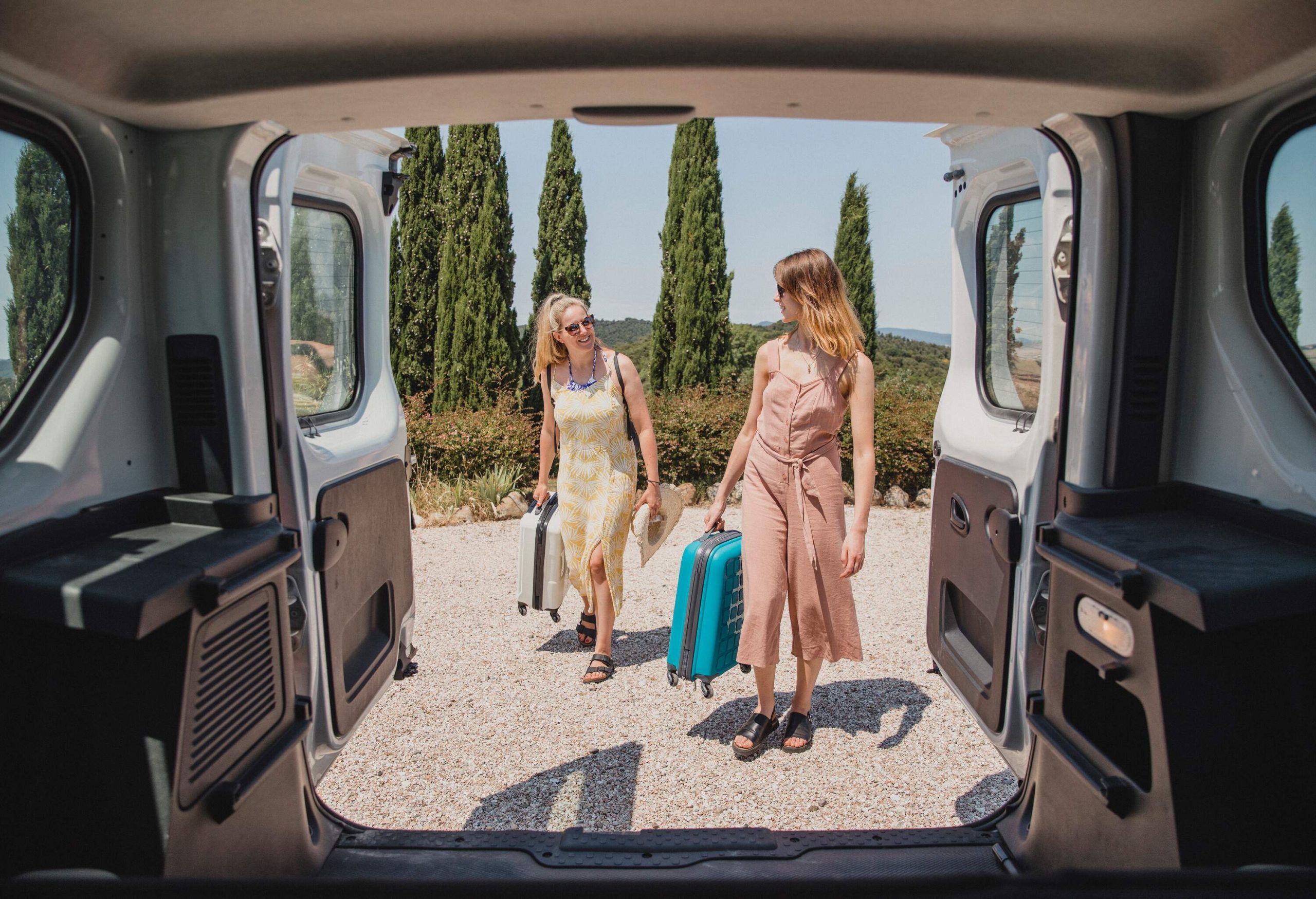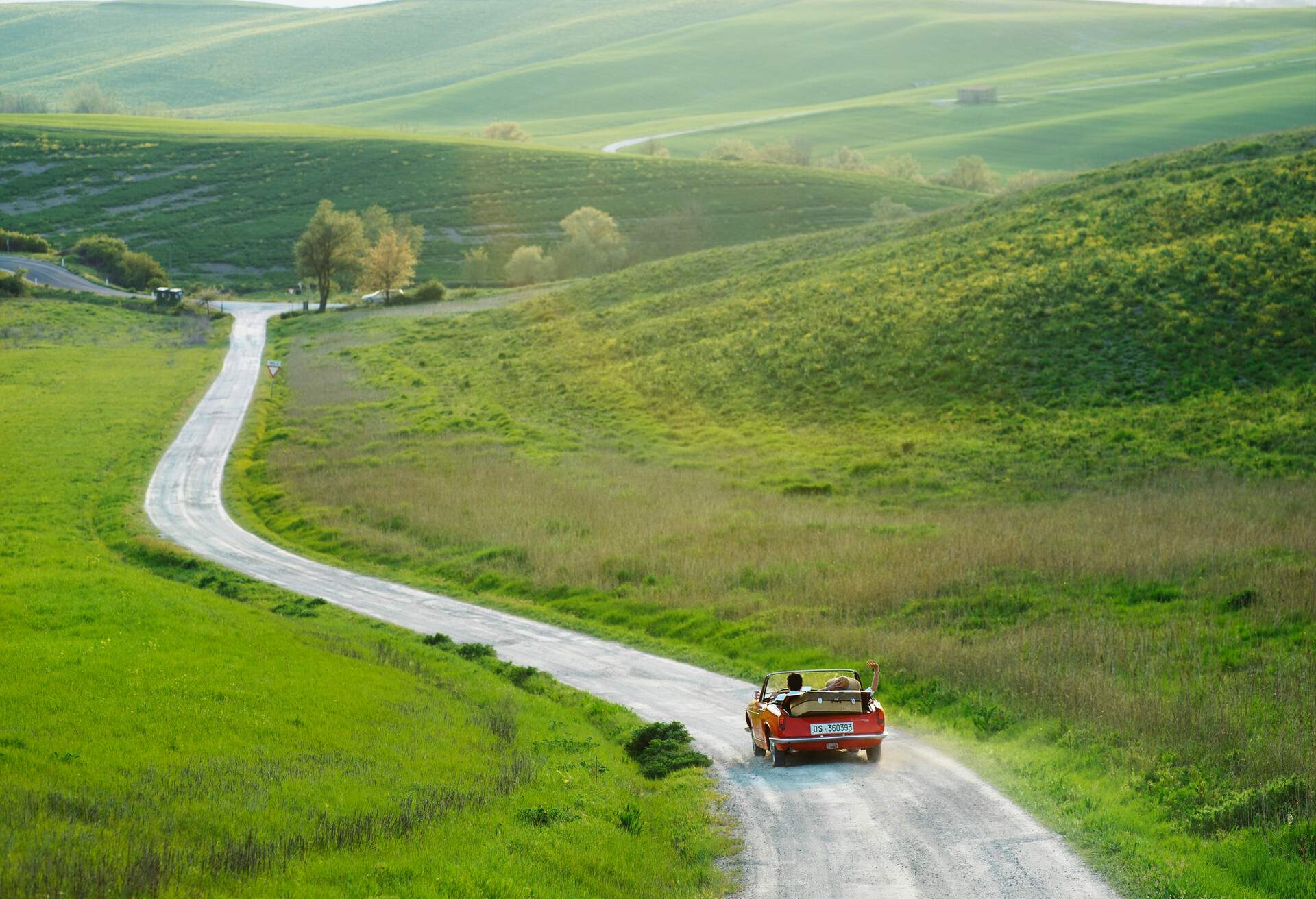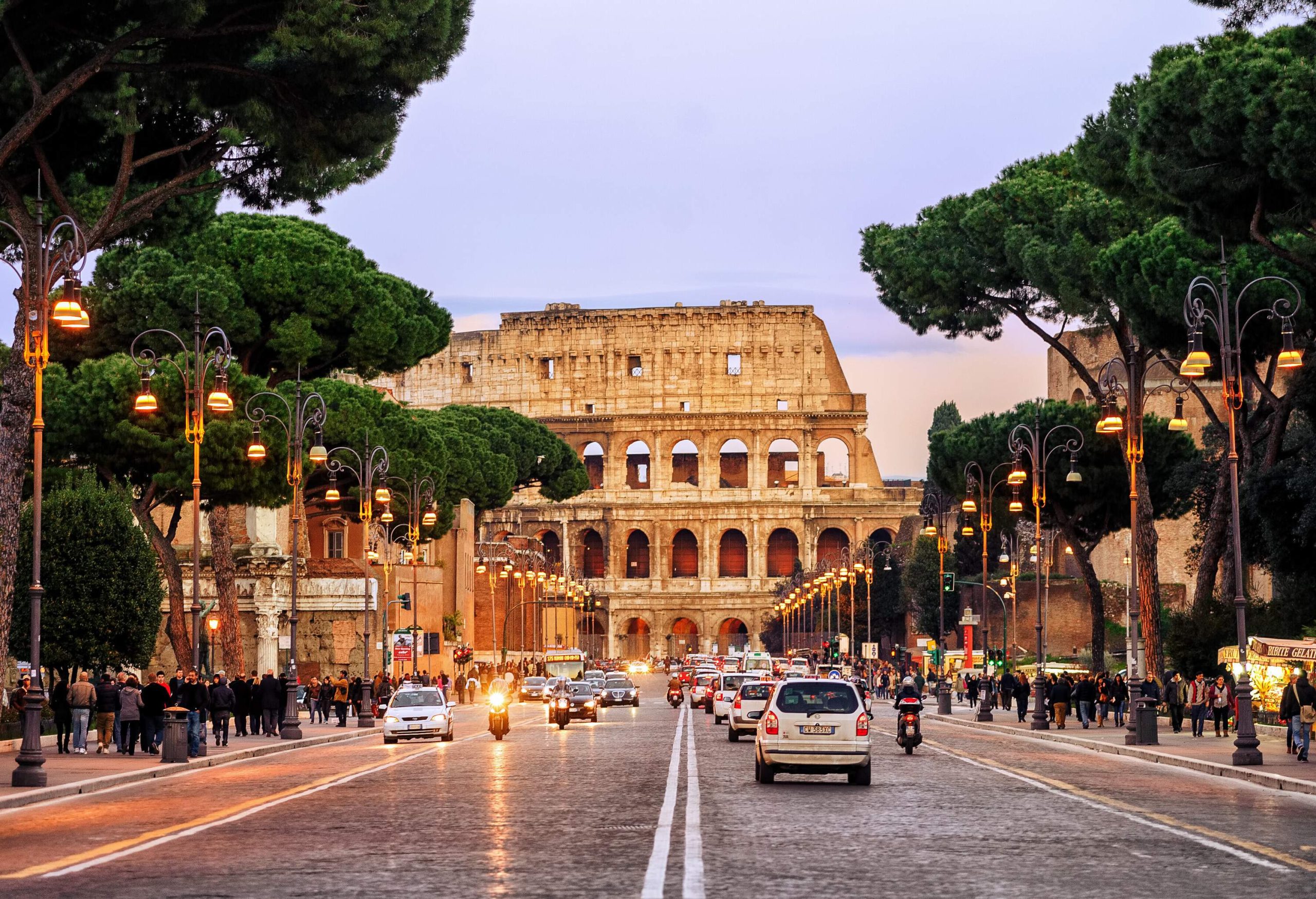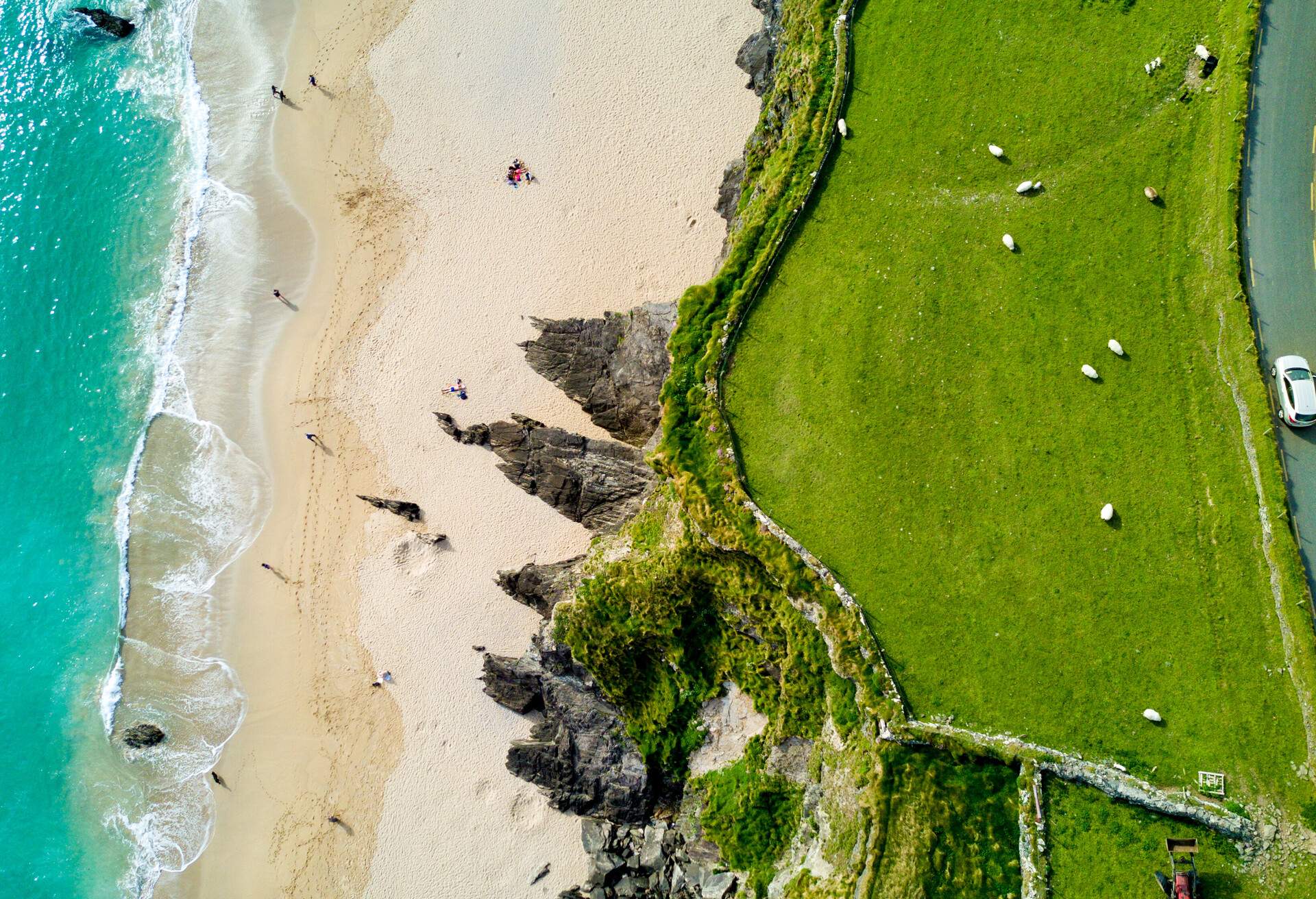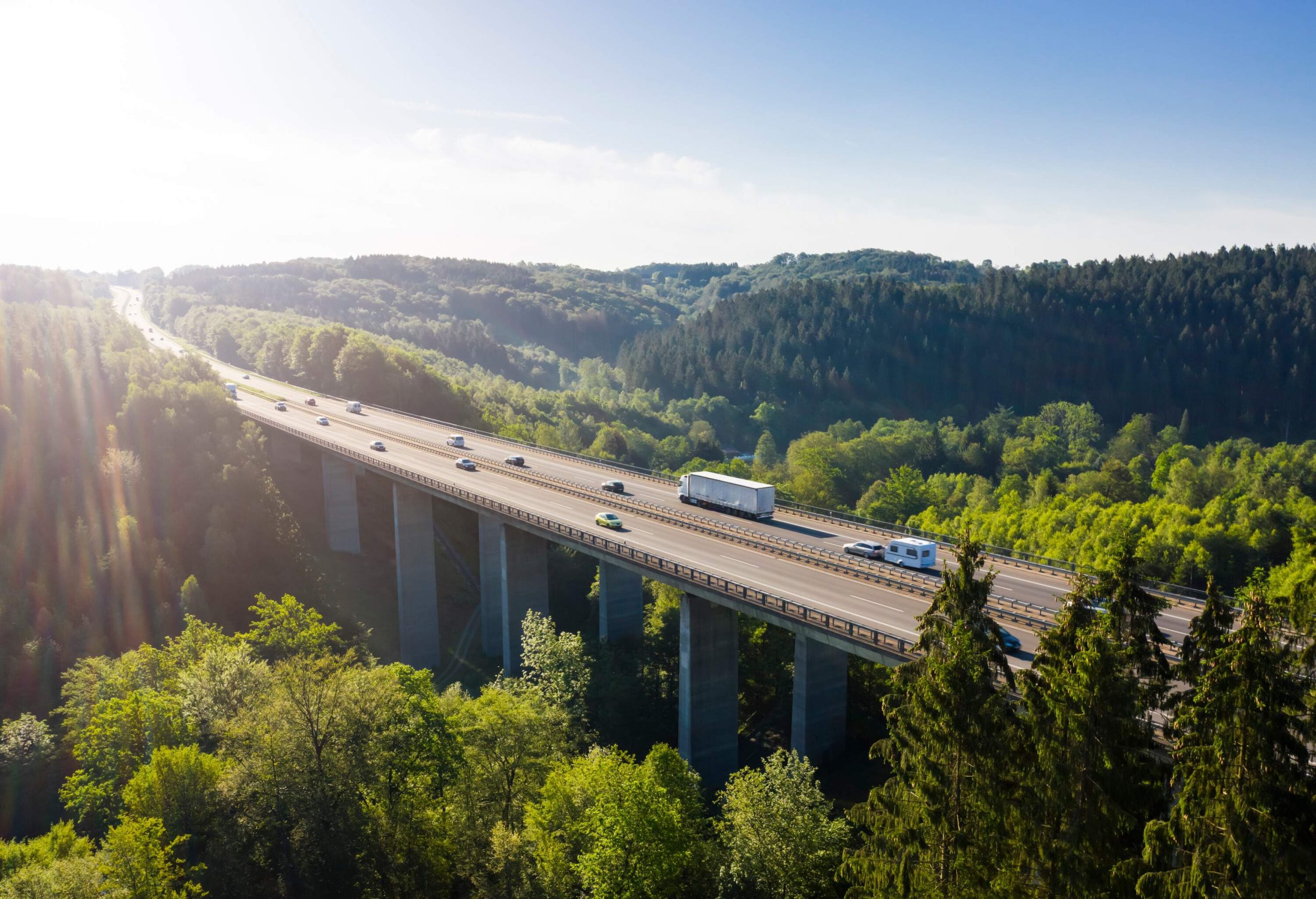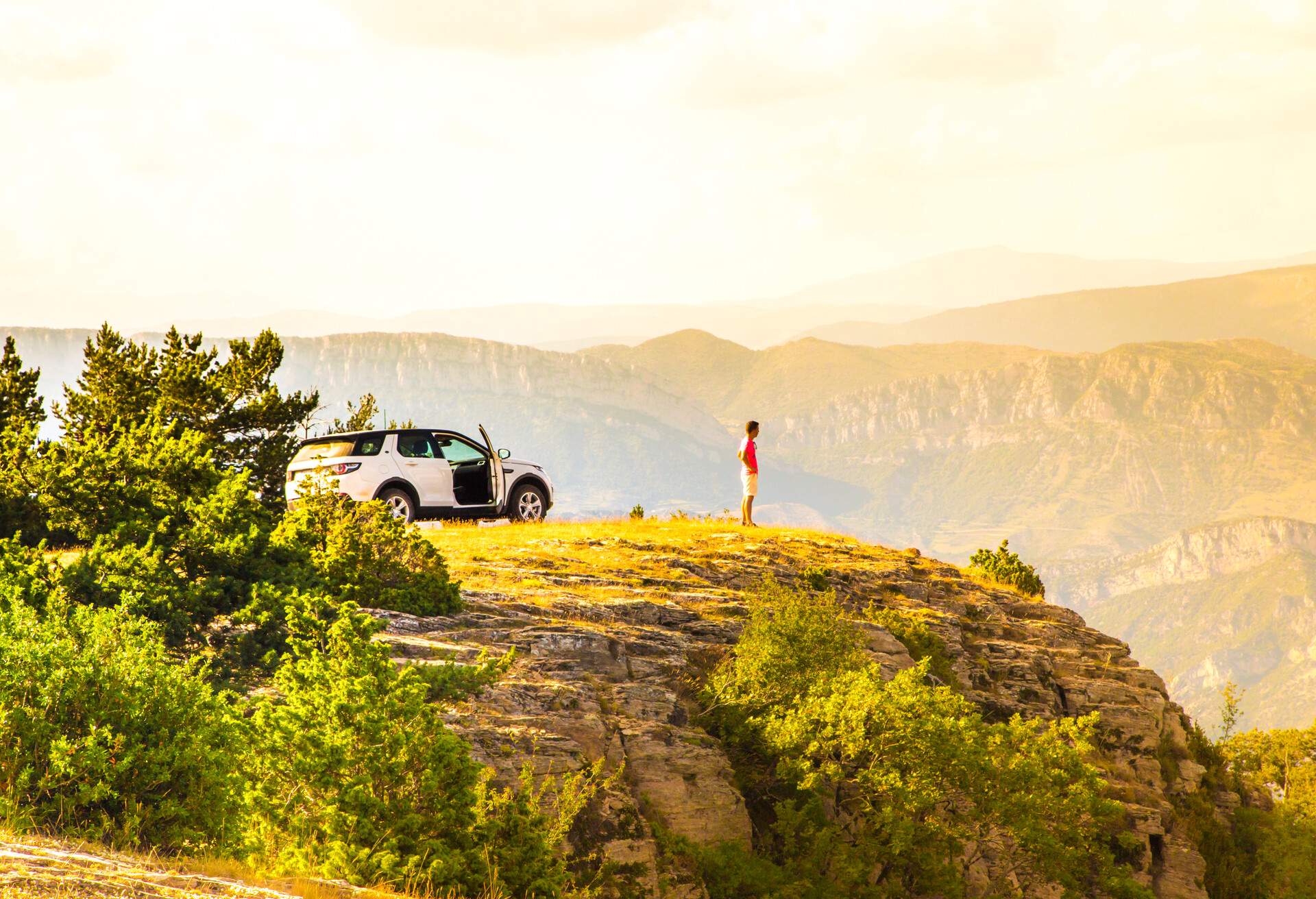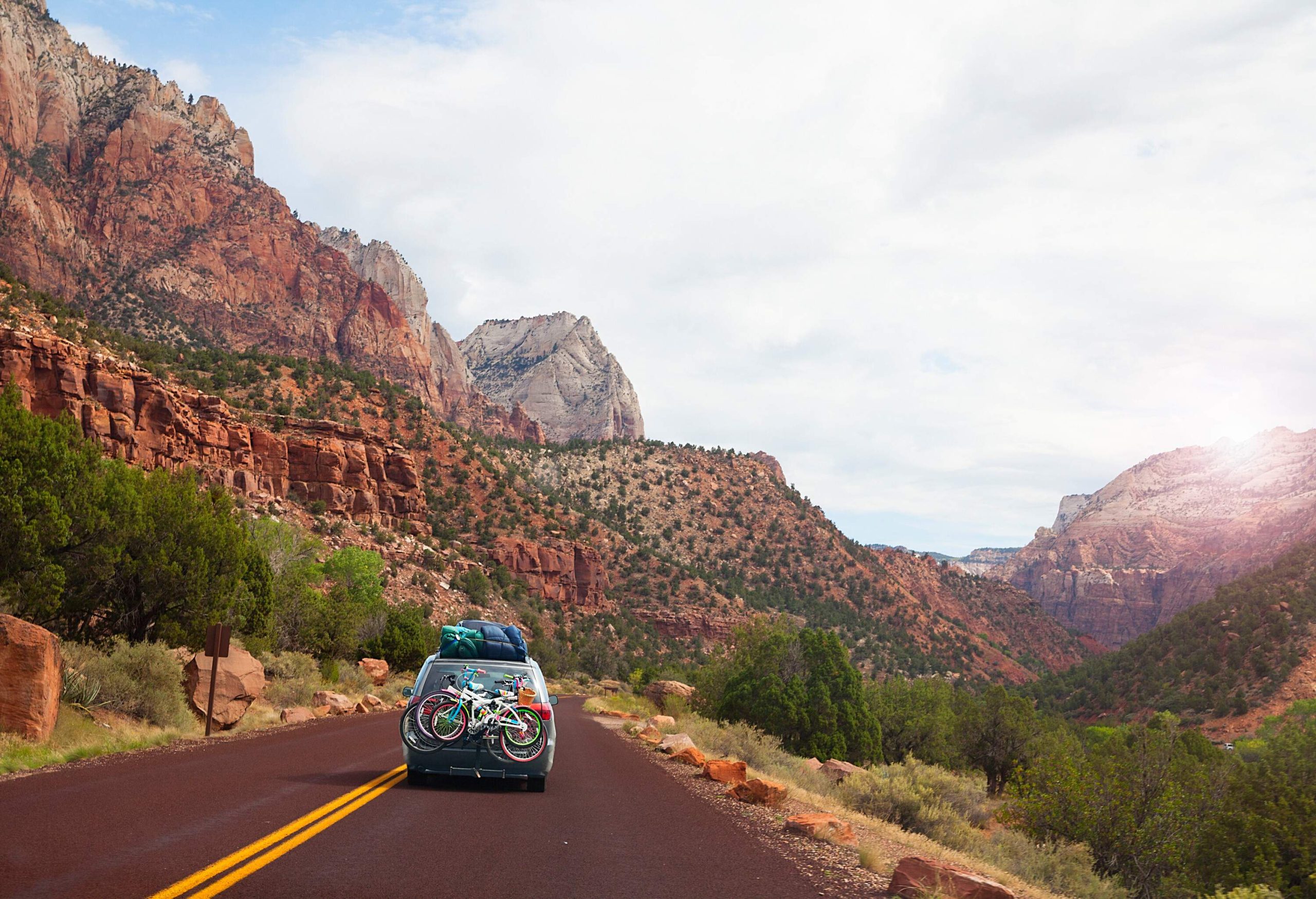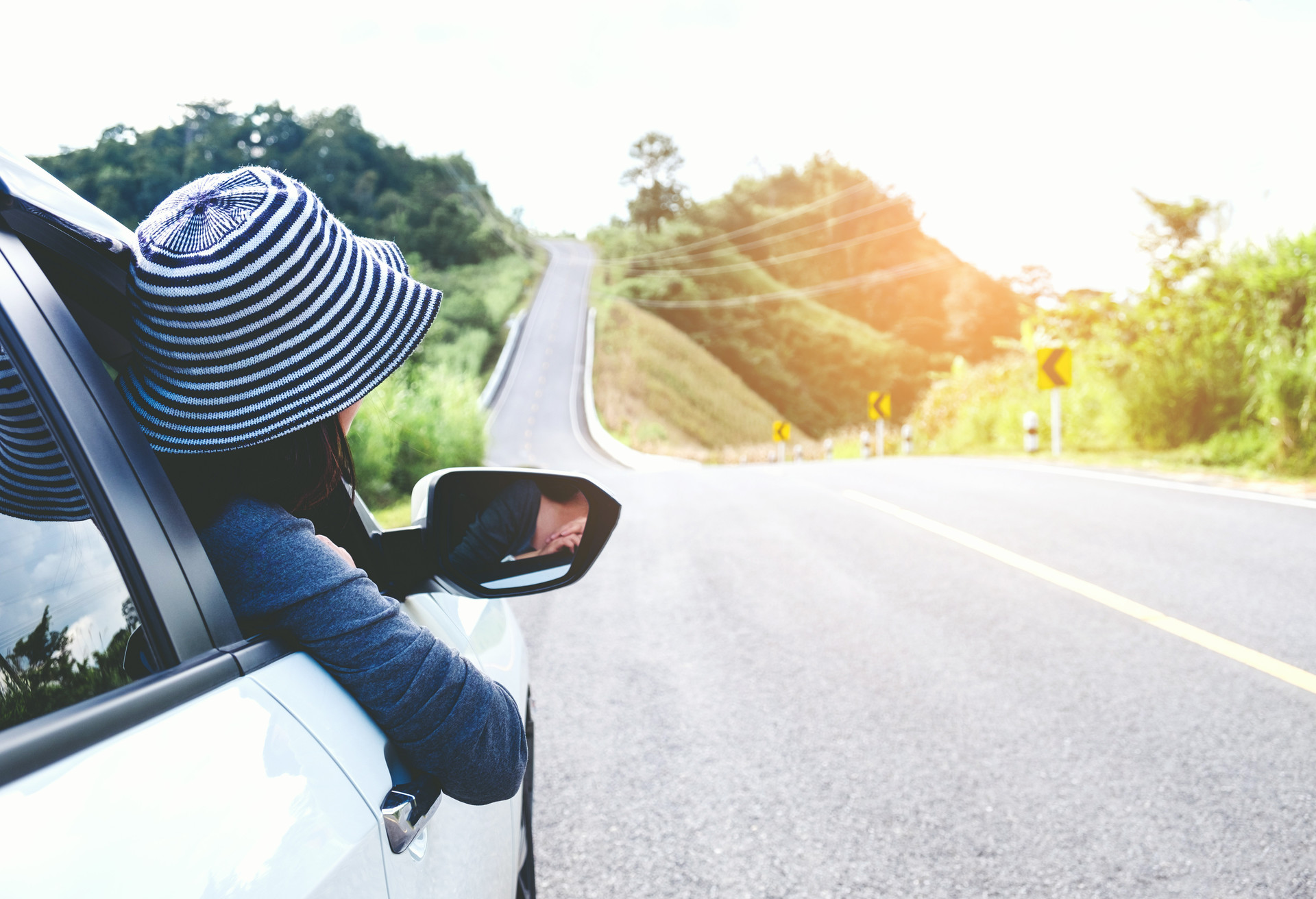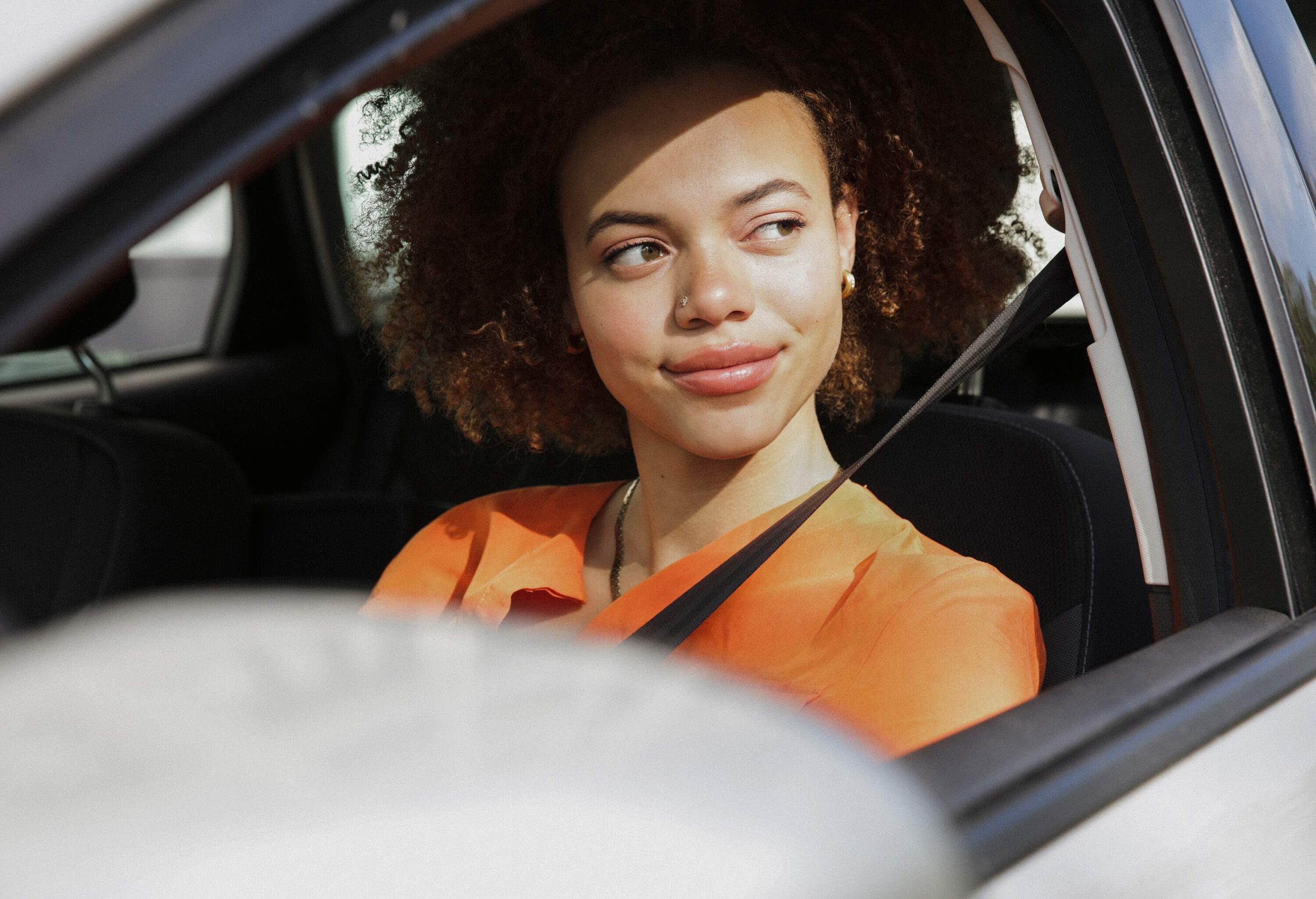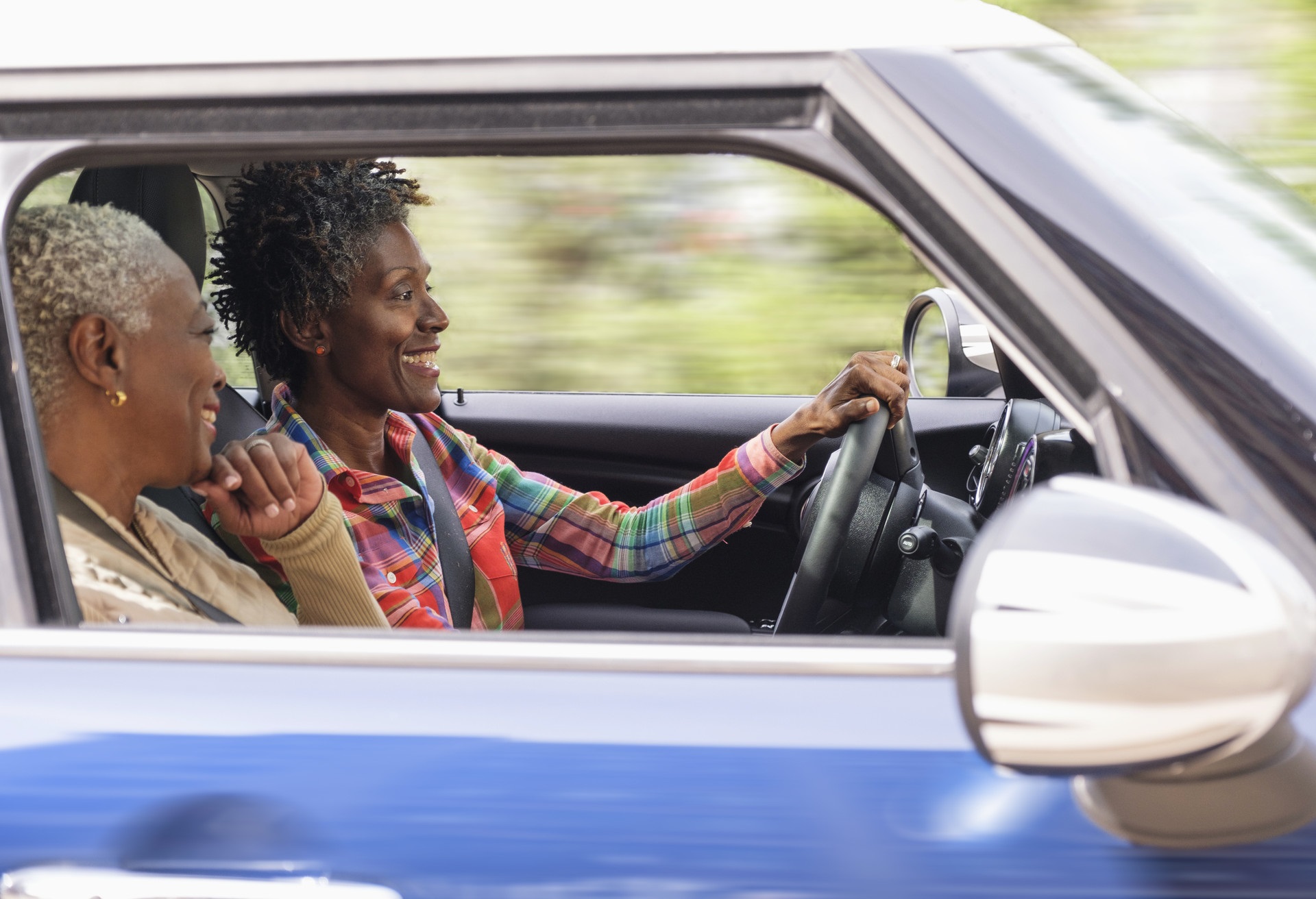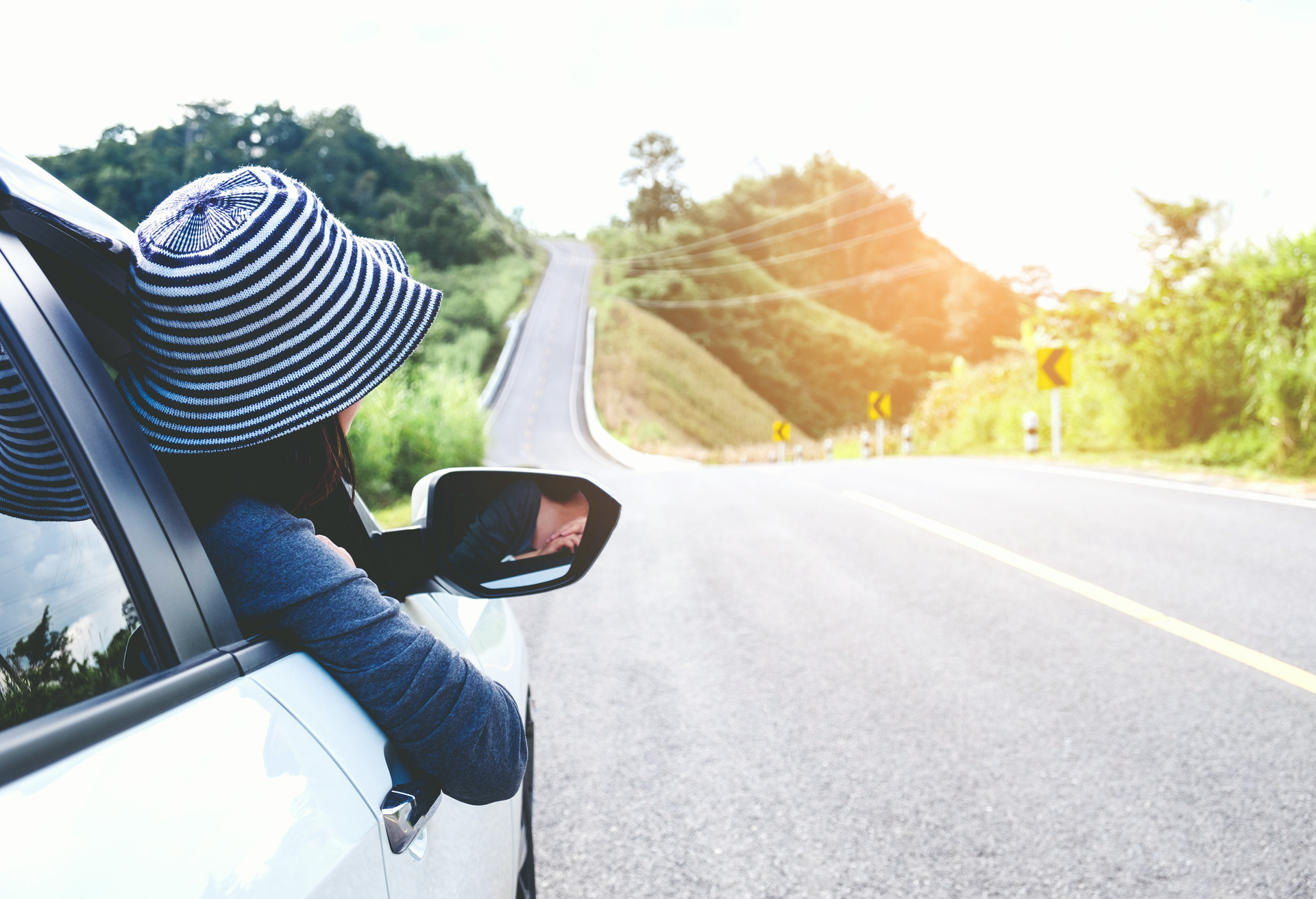If you’ve chosen Italy as your next travel destination and plan on driving there, make sure you prepare ahead of time. Read on to get an overview of the rules and documentation required when driving in Italy.
Requirements for driving in Italy
Before you head off on your holiday or business trip in Italy by car, make sure you have examined all the rules and requirements.
Documents & car equipment
In order to drive your car in Italy, you will need to have the following documents with you:
- Valid UK photocard driving licence
- Valid Proof of ID or National ID for EU citizens
- V5 certificate
- Car insurance certificate
- A UK sticker
In addition to documentation, you will need to have the following safety items with you in the car:
- Warning triangle
- High-visibility jacket
- Headlight beam deflectors (if you can’t adjust the beam manually, you will need deflector stickers)
Driving in Italy after Brexit
With Brexit, numerous rules and requirements for international travel have changed for UK citizens. Fortunately, some journeys remain relatively straightforward, and visiting Italy is one of them. If you possess a valid UK driver’s licence, you do not need an International Driving Permit (IDP) to drive in Italy (source: gov.uk). All the documents and equipment needed are listed above.
Hiring a car in Italy
Learn all the ins and outs of hiring a car in Italy before you decide whether to take your own car or hire one on arrival.
What do you need to hire a car in Italy?
The minimum age for hiring a car in Italy is 18, though some agencies might set a higher minimum age of 21, as well as restrictions for drivers under 25.
You must have a full UK driving licence, and in some cases, you need to have held it for at least a year or two. You will be asked to show Proof of ID such as your passport or national ID card, and while most companies will ask for a credit card for a deposit, there are some agencies that will accept debit cards.
Having a Collision Damage Waiver (CDW) as part of your hire is a requirement to drive any car in Italy.
Tips for hiring a car in Italy
In Italy most cars typically have manual transmission as they do in the UK. In case you do, however, prefer an automatic vehicle, make sure to specify this when booking. If you are booking your car hire in Italy online prior to your trip, it is best to include a CDW, as this is a requirement and buying it upon pick-up is likely to cost you a lot more.
Make sure you inspect the car and note every mark on it before you drive off, and when you bring it back take good photos inside and outside as proof of the car’s condition upon return. If you need to bring the car back with a full tank, make sure you refill it at the petrol station nearest to the return location, as even minimal amounts of missing fuel could incur charges for a full tank.
Don’t cross borders in Europe without informing the car hire company first. They might need to prepare additional documentation for you if you are heading into a non-EU country, and you will need to have the necessary insurance coverage for all the locations you’ll be visiting.
Is it a good idea to rent a car in Italy?
Hiring a car in Italy can definitely save you some trouble. The car will be equipped with mandatory items such as a warning triangle and reflective jacket. All damages will be covered by the car hire company if you opt for the complete insurance, and you will save money by not driving from the UK to Italy, which can be quite costly given the current fuel prices.


Rules on the road in Italy
When driving in Italy, whether with your own car or a hired one, you’ll need to pay attention to some rules, some of which differ from those in the UK. Keep reading to learn everything about Italian driving rules.
Limited traffic or pedestrian zones (ZTL)
ZTL zones, also called “Zona Traffico Limitato”, are inner-city zones that have restricted access to non-residents at certain hours of the day. These are not locked zones and it is easy to drive through a ZTL area, but there are cameras which document every car that enters. Watch out for the flashing screen that says “ZTL Attiva”, which indicates that the restriction is currently active and you should not enter. In addition to ZTLs, some streets have been marked as “Area Pedonale”, which means a pedestrian zone. In these areas, all vehicles are restricted from entering.
Motorways & road tolls
A toll fee is required on parts of the motorway in Italy. The majority of toll roads can be found in the north of the country, but some of the most popular routes include the A1, which crosses the country from Milan in the north to Naples in the south, and the A4, which links Turin in the north-west with Trieste in the north-east. The fee can be paid in cash straight to a teller or automatically via a machine; otherwise, both credit and debit cards are also accepted when paying through the machine.
Priority & roundabouts
When entering a roundabout in Italy you have to give way to drivers on your left and to any cars that are already on the roundabout. You don’t have to indicate upon entering the roundabout, but it is always a good idea to indicate when you’re exiting.
Child seats regulations
When driving with children in Italy in a UK-registered car, you must follow the child seating rules and regulations of the UK. If you are driving a local hire car, you must adhere to the local laws which are as follows: infants up to 9lbs (around 4kg) must be placed in a rear-facing child seat, children weighing up to 48.5lbs (around 20kg) must sit in a front-facing child seat, while children weighing over 48.5lbs can sit in a booster seat.
Alcohol allowance & drink driving
For drivers of private cars, the alcohol limit in Italy is 0.05%, which is less than the 0.08% limit in the UK. On the other hand, the limit is 0% for professionals such as bus and public service vehicle drivers, as well as drivers who have held their driving licence for less than three years.
Parking
In Italy, spots marked with a blue border indicate paid parking spots, and you will usually find a meter or an automatic machine located within walking distance. Areas with a white line indicate free parking spots, while the yellow lines indicate residential parking spots. Parking spots for the disabled are indicated by the wheelchair symbol and are usually free.
Fuel
Unleaded petrol is called “benzina” in Italy, but will sometimes be indicated as “Super senza pb” at the petrol stations, while diesel is typically indicated as “Diesel”. If not, look for the word “gasolio”, which is the Italian word for diesel. You can also find LPG or gas in some stations. You can pay at petrol stations using either cash or card. Some petrol stations have both a self-service option and the possibility of having your car filled for you. The latter is indicated by “Servito” and fuel typically costs more per litre than self-service. During after-hours most petrol stations will be self-service only and have an automatic payment machine that you can use to pre-pay before refuelling your car. Both cash and card are usually accepted as payment methods.
Driving in Italy – FAQs
To drive your car in Italy, you need a full and valid UK driving licence, a valid passport, a V5, proof of insurance and a UK sticker. You will also need to have a warning triangle, a reflective jacket and headlight beam deflectors in the car.
To hire a car in Italy, you must have a full UK driving licence and your passport as proof of ID. You need to have a credit card to pay for the car hire deposit, though some companies will accept debit cards. You will also need a Collision Damage Waiver, which is a requirement in Italy.
You have to be at least 18 years of age to hire a car in Italy, though some agencies might increase the minimum age to 21.
In Italy, unlike the UK where driving is on the left, vehicles travel on the right side of the road.
Yes, you can drive in Italy as a tourist with a UK licence, however, now the UK is no longer a member of the European Union, holders of a driving licence that was not issued by mainland authorities will also need to show an International Driving Permit.
You are required to display a UK sticker on your car in Italy.
ZTL zones are inner-city zones that have restricted access to non-residents at certain hours of the day. If a ZTL zone is active, make sure you do not drive through it in order to avoid a fine.
British passport holders living in or wishing to travel to the EU and EU nationals living in or wishing to travel to the UK from the 1st January 2021 are to be advised that all travel-related information have to be checked on this official webpage in order to inform yourself about all and any information pertinent to Brexit when making travel decisions.

